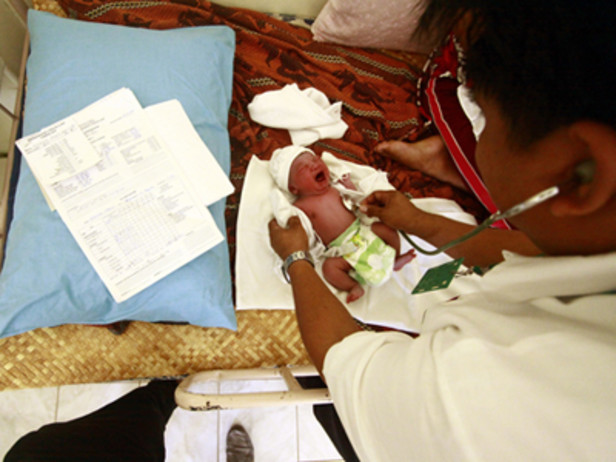New network testing application to make setting up cell sites easy, cheap and quick
Thai start-up company Freewill FX has launched a 3G/4G network testing application that enables operators to verify a mobile phone mast's signal at a cost of up to 10 times lower than traditional testing...
Developed by a team of six developers, the network testing application, called Azenqos, works on the Android platform — the first time such an application has been adapted and adopted for smartphones....
It also provides deep-level 3G/4G protocol data that the operator needs to analyse and fix technical issues.
The team has worked with Ericsson Thailand who implemented the telecommunications network. Azenqos has also been recommended to Ericsson India.
The evolution of the application goes back to 2007, when the Freewill FX team developed the testing tools for AIS to gauge the signal between the client and mast using the Symbian operating system. The...
As technology became more open, the team began to study Android and the next-generation mobile technologies of Qualcomm programmes to consider ways in further optimising networks. The Azenqos network testing...
Don Plooksawasdi, business development manager of Azenqos, explained that a few years ago, 3G/4G testing tools were dominated by vendors from US, Europe and South Korea, all of which were expensive and...
"They don't really answer the challenges we have in this region, that is, how to test a wide swathe of area with relatively unskilled technicians and affordable test tools," said Don.
He noted that Azenqos helps address these problems by providing comparable 3G/4G testing applications that can run on cheap local phones. It is very easy to use and highly automated to a degree that users...
In order for the operator to analyse certain technical problems they need access to more information than just a signal bar on a phone; they need deep signalling information, protocols and radio signals...
Azenqos can access that information and display it for the engineer so they can analyse and fix the problem.
"The ability to access the chipset is what makes our application unique. We are the only company in the Asean Economic Community [AEC] to do so," he said, noting that the application is for an off-the-shelf...
India has already adopted the application in a significant way and subsequently cut a great deal of cost, while also helping utilise the country's technicians in a much more efficient way. Currently, all...
In Africa, the application has been deployed in South Africa, Gabon and Ghana, with a trial run in Zimbabwe. The company is also in discussion with operators in Vietnam, Indonesia, Chile and Nigeria.
"India and South Africa share a similar challenge, as they are large countries with not so much money, but they need a testing system for a huge area that supports a great deal of users. Both lack technical...
The team plans to expand into the aforementioned regions in the near future and is currently looking for investors that can take the intellectual property forward
This model seems to work in many parts in the world, not just in this part of Asia.
"We hope that our successful project with AIS will allow us to expand into the AEC and neighbouring countries," said Don.
See more latest news From Asia on Automobile,Technology, Agriculture, Finance, Lifestyle, Healthcare
Follow me on twitter for more Daily updates
For more reports from Asia www.search.dowellresearch.com
For any Market research consulting services www.dowellresearch.com


